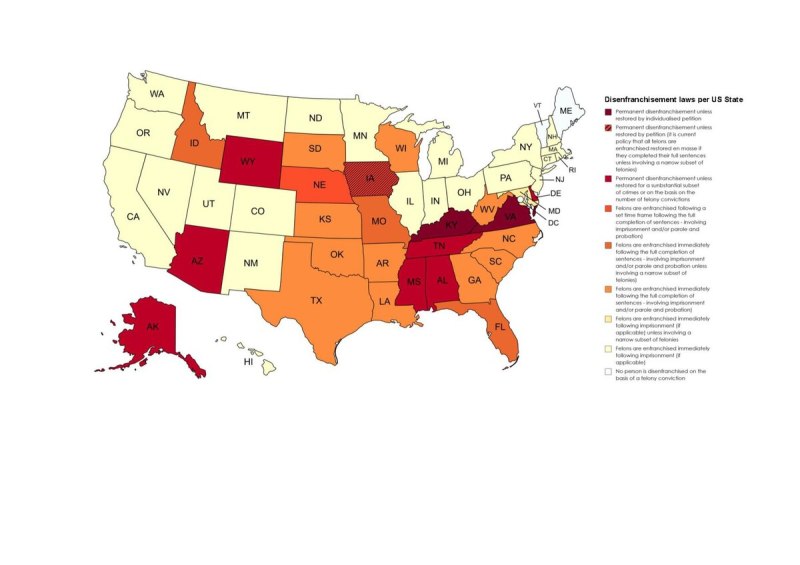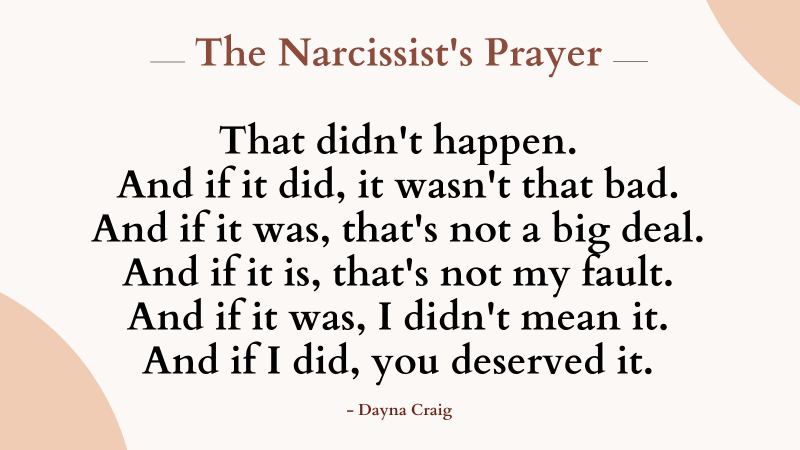What To Do When Your House Is In Foreclosure – MOLD grows in damp and poorly ventilated areas. People spend an average of 12-16 hours a day at home, especially children and the elderly.
Breathing in mold fragments or spores can cause inflammation of the airways, which can lead to nasal congestion, wheezing, chest tightness, coughing, and throat irritation.
What To Do When Your House Is In Foreclosure
According to the World Health Organization (WHO), constant exposure to high humidity and mold indoors can reduce lung function and lead to chronic respiratory diseases. People with asthma or allergies are at greater risk of experiencing severe symptoms when exposed to mold.
Get Your House In Order (the Biblical Meaning & How To Do It)
In addition to visible mold, other signs of moisture problems include musty odors, water stains, cracked wallpaper, wet basements, and more.
According to the World Health Organization, 15 percent of homes in cold climates show signs of damp and about 5 percent have mold problems. But in warmer climates, about 20 percent of homes have moisture and 25 percent have mold. Damp is most common in overcrowded homes or homes that lack adequate ventilation, heating, and insulation. Because the symptoms of a yeast infection are similar to those of other respiratory diseases, it is often misdiagnosed.
The most common types of mold are Aspergillus, Cladosporium, and Stachybotrys atra (also known as black mold). Aspergillus is a highly allergenic mold commonly found on food and in home air conditioning systems. Cladosporium is usually a black or green “peppery” substance that grows on the back of the toilet, on painted surfaces and in fiberglass ducts. Although this form is not poisonous to humans, it can cause common allergy symptoms such as red and watery eyes, rashes, and a sore throat.
There is one particular type of mold known as black mold (stachybotrys atra) that is distinctly different from other mold types with its black to dark green color and slimy texture. It is often found indoors and grows on surfaces such as wood, paper, and fiberboard because these materials are high in cellulose. It has a distinctive smell reminiscent of dirt and mildew.
Summer Home Maintenance Checklist
The symptoms of a black mold infection (also called “toxic mold”) can be very severe, especially if the mold goes untreated for a long time or if someone is allergic to mold. An infected person may experience nausea and vomiting, nosebleeds and, in severe cases, lung bleeding.
The effects of fungi have been studied for over thirty years and have been found to be a combination of many fungi that grow in filaments and reproduce spores that float and are invisible to the naked eye.
Because of its size, mold is everywhere in the home, outdoors, and even in our food, so it can be hard to see. Homes are a very viable environment for mold to grow, especially in a damp basement.
The severity of mold symptoms depends on the number of spores inhaled and the duration of exposure. Some symptoms include:
What To Do If You Think Someone Is In Your House And You’re Home Alone
A stuffy nose may not be a cold, especially if you have no other symptoms. Research shows that about 90 percent of chronic nasal problems can be caused by mold at home or at work.
In some cases, spider mites can also cause nosebleeds due to dryness in your home. You should watch for nosebleeds, especially if you don’t usually have them. Cleaning your home with bleach-based products and ventilating your home can help reduce the risk of nosebleeds.
Exposure to toxic forms can cause hypersensitivity pneumonitis, although cases are rare. It is caused by respiratory impurities due to pneumonia.
People with asthma may experience flare-ups if they inhale airborne mold spores. If you are allergic to mold and have asthma, you should have an emergency plan as reactions can be serious. Dust in the air can cause breathing problems such as wheezing, and this can happen even in the absence of asthma. Contact your doctor if you experience shortness of breath or other breathing problems for no apparent reason.
Do You Have Mold In Your House?
A type of mold known as Sporothrix schenckii, which is related to the mold commonly found in bread and beer, can cause a skin infection called sporotrichosis. The infection is usually caused by a fungus that enters the body through a cut. In some cases, cats with a rare fungus can spread this infection. It is also possible to inhale. The first symptom of this infection is a skin rash, which over time turns into an open sore.
A rare scenario has been mentioned where someone suffered neurological damage from exposure to toxic mold. The victim has impaired motor and cognitive functions.
The first step is to find and confirm the presence of mold. In addition to looking for noticeable discoloration, you can also check your home for mold. According to homeadvisor.com, the average cost of mold testing is $834. However, home casting test kits are available for $10-$50.
It is very important to remove mold as soon as it is found, as the spores can affect the air quality in your home. It’s always a good idea to hire a professional to remove mold, but if you’re doing it yourself, use an OSHA-approved respirator, gloves, disposable coveralls, and non-ventilated goggles. Below are some tips on how to remove mold from your home:
What To Do If A Tree Falls On Your House
If moldy materials are not properly removed, they can form spores that can spread throughout your home. Because of their microscopic size, one square meter of wall can contain more than 3,000 million mold spores. To protect yourself from spores, you need to use the right equipment and follow safety procedures.
In the case of excessive contamination, absorbent materials such as carpets, wallpaper, etc. may need to be discarded. To prevent airborne spores from spreading, specialists cover the damaged area with adhesive tape and cover doors and ventilation openings with plastic film. They also use air movers, dehumidifiers and HEPA air scrubbers to remove moisture and dry the air and surfaces.
Provide adequate ventilation, especially in wet areas such as bathrooms, laundry rooms and kitchens. It is necessary to prevent water runoff by maintaining rainwater and surface water runoff. Ensure that all roof openings are watertight and that pipes and other structures are properly installed.
If you find mold around your sewer pipes, water pipes, or other plumbing fixtures in your home, it means that mold is somewhere near the leak. When checking for mold stains, make sure all the water is flowing through the pipes and around. Note that water can flow in any direction (down, up, or even sideways), especially if it penetrates the drywall. So be careful when looking for a leak because the actual leak may be a short distance away from the leak. As soon as you notice a leak, you can immediately call a professional to remove it.
What To Do When Your House Gets Egged?
Mold can sometimes be a warning sign of an expensive moisture problem, such as wood rot in ceilings or walls. Don’t just remove the mold, go further and find the source of the water and fix it. Remember to seal around water fixtures.
If the duct work is not done properly, mold can form on the ceiling of the duct, especially if there are no signs of roof leaks. This usually happens when moist air condenses and forms water on the ducts that bring cold air into the crawl space. When this happens, it means that the duct is not insulated, which leads to mold spores. In cold weather, it’s the other way around. Be sure to check the ducts for mold.
Mold is easy to spot, but small or largely hidden molds can look like surface dirt. You can quickly test for mold by dipping a cotton swab in diluted bleach and dabbing it on the wall. If the area dries quickly or comes back after each cleaning, it has mold. Mold test kits that can detect the presence of mold are often available at hardware stores.
According to the Centers for Disease Control and Prevention (CDC), mold can be removed from hard surfaces with household products, soap and water, or a bleach solution containing no more than 1 cup of household bleach and 1 gallon of water. After the moisture has dried, clean the area and spray with an antimicrobial agent to prevent mold from reoccurring. For effective results, it may be necessary to mist the entire room if the room is large and smelly.
How To Cleanse Your Home’s Energy In 10 Steps
It is always a good idea to use mold resistant building materials when building or renovating a space where moisture is a problem. Build walls with pressure-treated lumber and heavy-duty insulation, then cover the walls with mold-resistant paper.
In areas prone to mold growth, such as basement walls, you can spray or paint the walls with a mold-resistant primer or add Mildewcide to the paint.
To prevent mold around the tub or shower,
If your house is in foreclosure what can you do, my house is in foreclosure what can i do, what can you do when your house is in foreclosure, what does it mean when your house is in foreclosure, house is in foreclosure, what to do if house is in foreclosure, house is in foreclosure what to do, what to do when facing foreclosure, what to do if your house goes into foreclosure, what to do if your house is in foreclosure, what to do when house is in foreclosure, how to save your house in foreclosure








